Farm house renovation
Philupthegastank
9 years ago
Related Stories

TRADITIONAL HOMESHouzz Tour: Connecticut Farm Restored for Generations to Come
A man renovates his extended family’s stately farmhouse and land. Sustainable practices are used in gardens, wetlands and recreation areas
Full Story
ARCHITECTURERanch House Love: Inspiration From 13 Ranch Renovations
Kick-start a ranch remodel with tips based on lovingly renovated homes done up in all kinds of styles
Full Story
CONTEMPORARY HOMESHouzz Tour: A Creative Renovation Says Hello
A bland brick expanse at the street side of a corner house has become a very cool local landmark. All it took was a simple thought
Full Story
MODERN ARCHITECTUREHouzz Tour: 2 Modern Buildings on an Upscale Farm
Olive trees and acreage provide enviable views, but the architecture is a sight to behold too
Full Story
KITCHEN DESIGNKitchen of the Week: Casual Equestrian Feel on a Horse Farm
Red cabinetry, salvaged barn decor and a window for feeding treats to horses combine in a lively, comfortable family kitchen
Full Story
HOUZZ TOURSHouzz Tour: Farm Fresh
Updates bring back the bygone charm of a 19th-century Texas farmhouse, while making it work for a family of 6
Full Story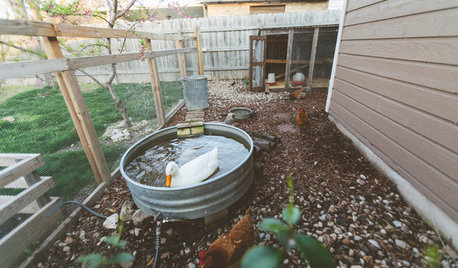
FARM YOUR YARDMy Houzz: An Urban Farm and Animal Sanctuary in Austin
Four dogs, four chickens, a duck and a kitten find refuge in a photographer’s updated home
Full Story
HOUZZ TV FAVORITESHouzz TV: Life, Love and Purpose Down on the Farm
A Missouri native proves that you can go home again — and discover something entirely unexpected
Full Story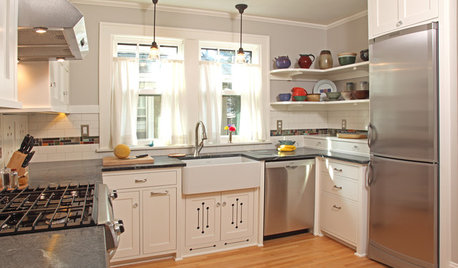
KITCHEN DESIGNThe 100-Square-Foot Kitchen: Farm Style With More Storage and Counters
See how a smart layout, smaller refrigerator and recessed storage maximize this tight space
Full Story





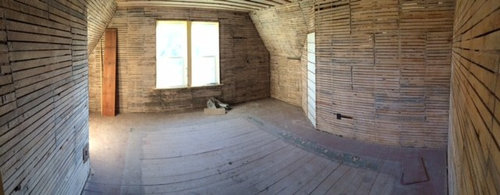
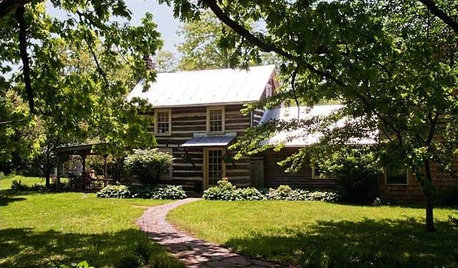


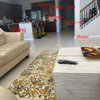


energy_rater_la
worthy
Related Professionals
El Sobrante Kitchen & Bathroom Designers · Lenexa Kitchen & Bathroom Designers · Overland Park Kitchen & Bathroom Remodelers · Port Orange Kitchen & Bathroom Remodelers · Eufaula Kitchen & Bathroom Remodelers · Mount Vernon Interior Designers & Decorators · Burlington General Contractors · DeRidder General Contractors · Kettering General Contractors · Lakewood General Contractors · Natchitoches General Contractors · Palestine General Contractors · Perrysburg General Contractors · Torrington General Contractors · Watertown General ContractorsPhilupthegastankOriginal Author
PhilupthegastankOriginal Author
mag77
PhilupthegastankOriginal Author
PhilupthegastankOriginal Author
PhilupthegastankOriginal Author
worthy